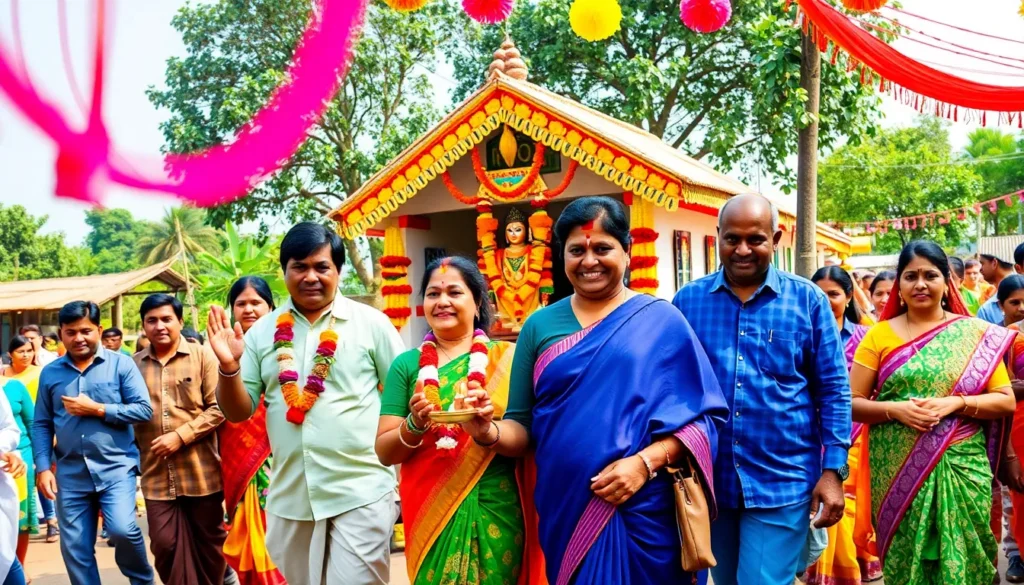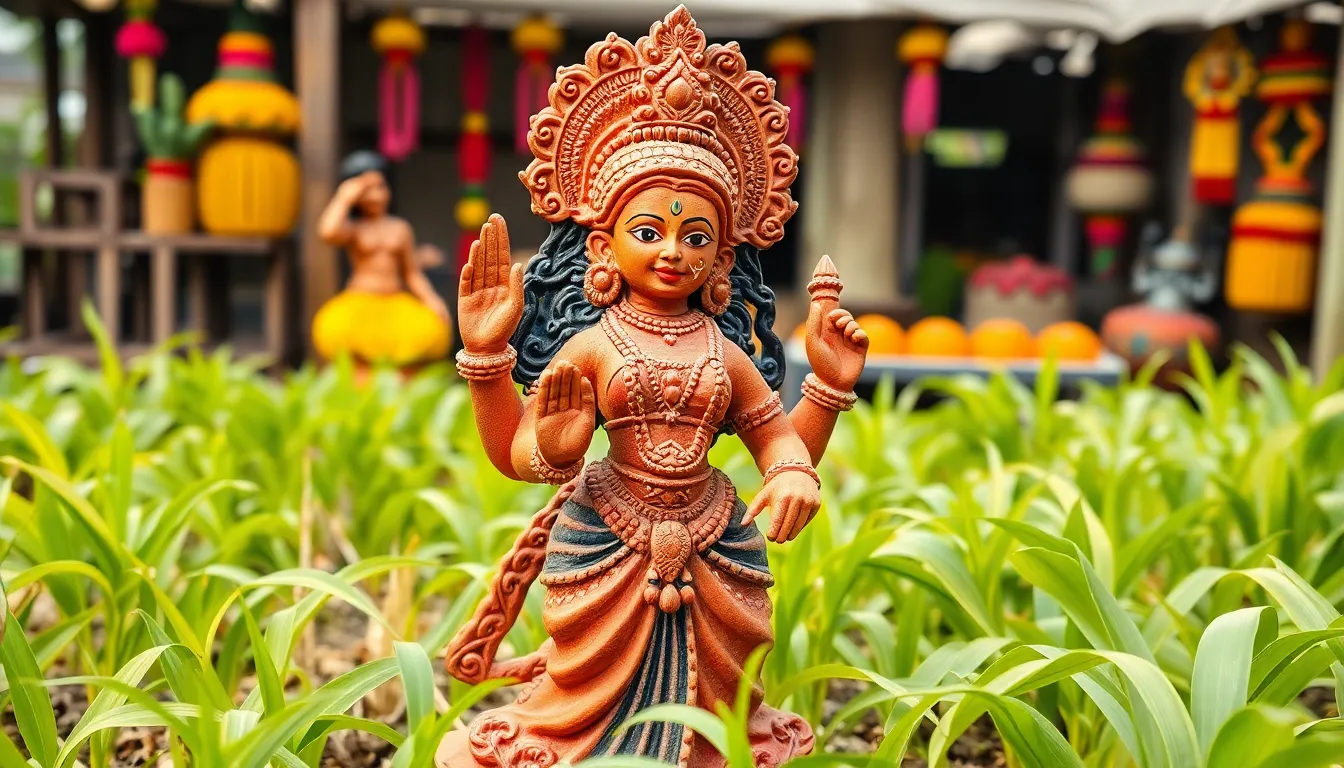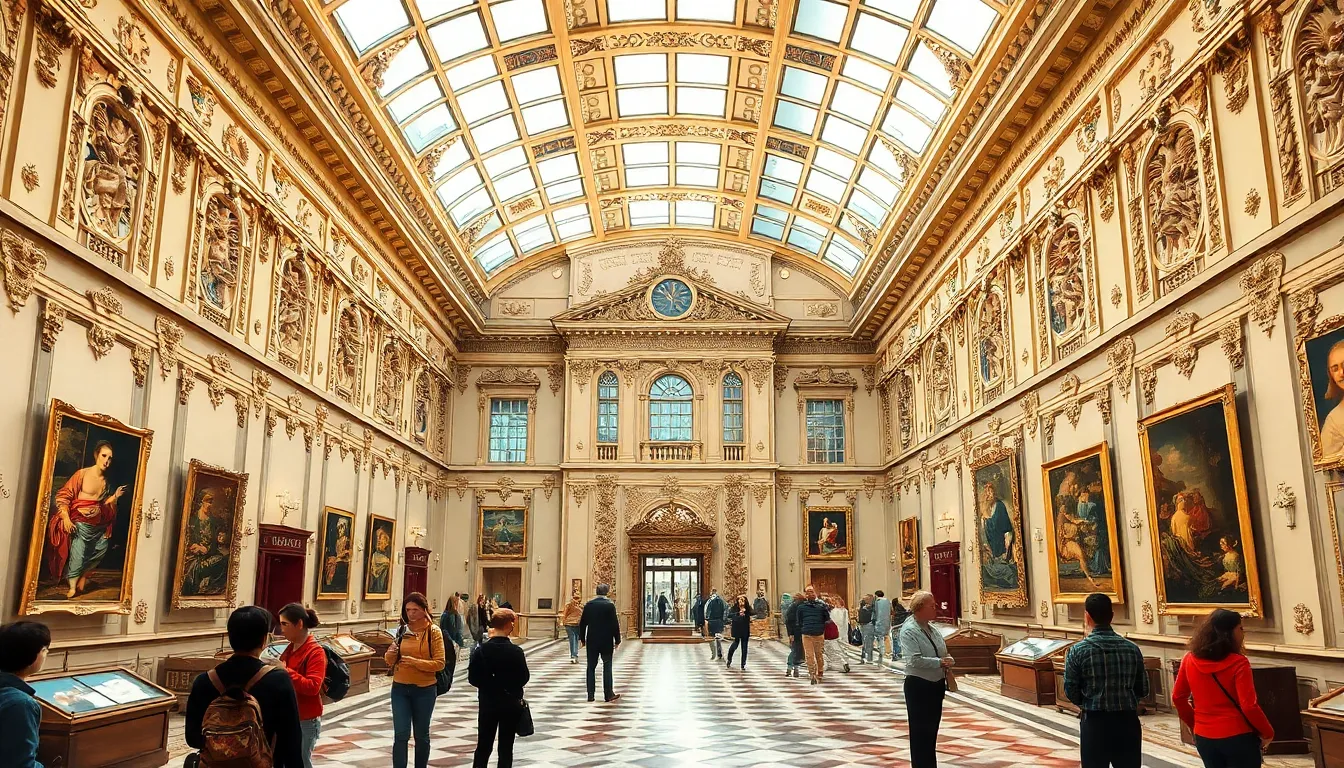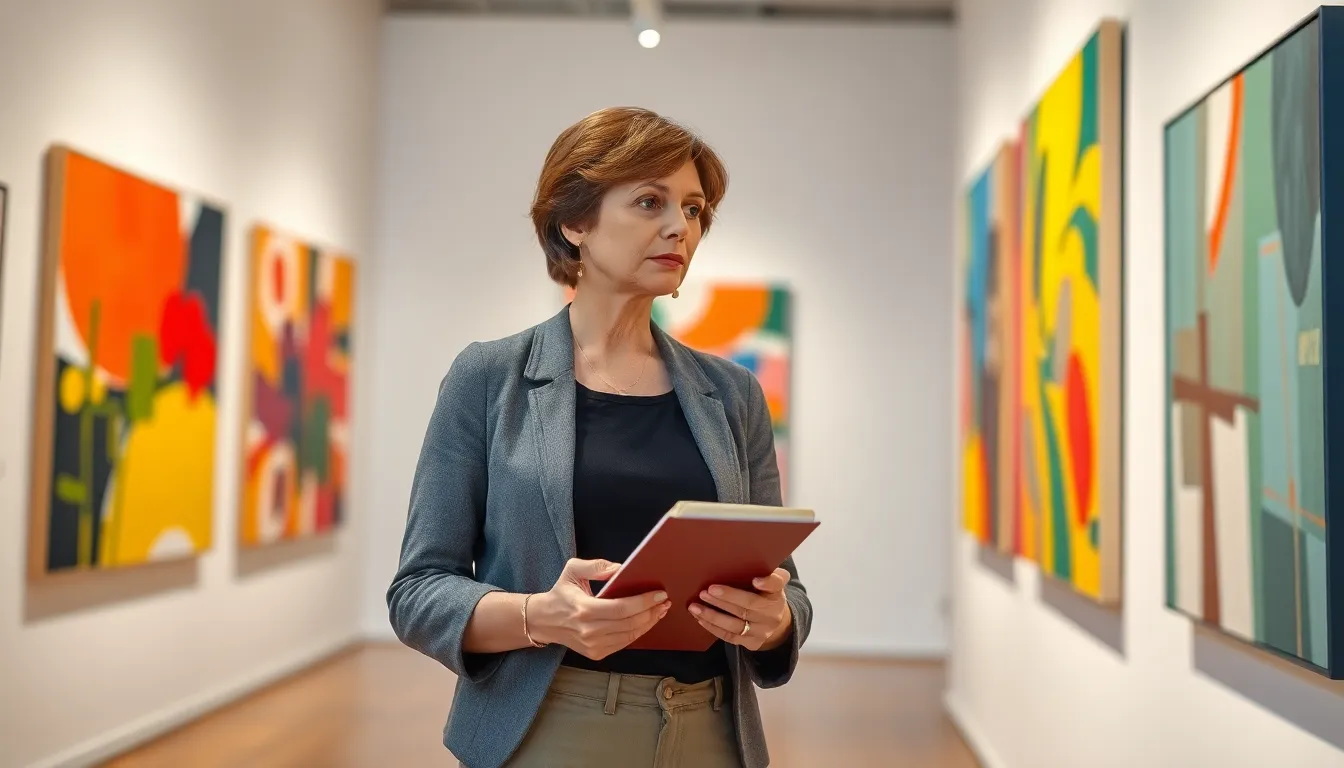Table of Contents
ToggleGowthalamma stands as one of South India’s most revered folk deities, particularly worshipped in rural Andhra Pradesh and Telangana. Her legend tells of a brave woman who fought against injustice and eventually achieved divine status through her sacrifice and courage. Devotees believe she protects villages from disease, drought, and evil forces.
The annual Gowthalamma Jatara (festival) draws thousands of pilgrims seeking blessings for prosperity, health, and protection. During these celebrations, vibrant processions, traditional music, and ritualistic offerings showcase the rich cultural heritage surrounding her worship. The goddess’s temples, though modest in structure, serve as important spiritual centers for local communities.
Who Is Gowthalamma: The Legendary Folk Deity
Gowthalamma stands as one of the most venerated folk deities in South India, with a particularly strong following in the rural areas of Andhra Pradesh and Telangana. Her divine story emerges from local oral traditions that have been passed down through generations, portraying her as an embodiment of feminine strength and justice.
According to prevalent legends, Gowthalamma was once a mortal woman who lived in a village plagued by oppression and injustice. Her transformation from human to deity occurred after she sacrificed herself while fighting against tyrannical forces that threatened her community. This ultimate sacrifice elevated her to divine status, with villagers beginning to worship her as a protective goddess who shields them from harm.
Devotees recognize Gowthalamma by her distinctive iconography – typically depicted with multiple arms holding weapons, symbolizing her role as a fierce protector. In some representations, she rides a lion or tiger, further emphasizing her commanding presence and authority over evil forces. Temple idols often show her with a serene yet powerful countenance that reflects both her compassionate nature and formidable strength.
The worship of Gowthalamma reflects the grassroots spiritual traditions of rural South India, where folk deities serve as accessible divine intermediaries who understand the everyday struggles of agricultural communities. Unlike pan-Indian gods with elaborate mythologies, Gowthalamma’s legend remains deeply localized, changing slightly from village to village while maintaining her core identity as a protector goddess who emerged from the people themselves.
The Historical Origins of Gowthalamma Worship
The worship of Gowthalamma emerged from ancient indigenous belief systems that predate formal Hinduism in South India. Archaeological evidence and oral traditions suggest her cult originated during the medieval period, evolving from localized village protection rituals into more formalized worship practices.
Regional Variations of the Gowthalamma Legend
Regional variations of the Gowthalamma legend reflect the goddess’s adaptability across different South Indian communities. In coastal Andhra Pradesh, Gowthalamma’s story portrays her as a fisher-woman who sacrificed herself to calm a violent sea storm threatening her village. Telangana traditions depict her as a tribal woman who fought against forest bandits and attained divine status after her martyrdom. Northern Tamil Nadu narratives connect her to agricultural prosperity, describing how she taught farming techniques before ascending to godhood. These geographical differences showcase how local communities adapted her core story to address their specific environmental challenges and social contexts, while maintaining her essential character as a protective female deity.
Cultural Significance in South Indian Communities
Gowthalamma’s worship holds profound cultural significance across South Indian communities, functioning as both a spiritual practice and cultural identifier. Agricultural communities view her as the guardian of crops, performing rituals before sowing and harvesting to ensure her protection against pests and natural disasters. For women, Gowthalamma represents feminine strength and agency, with many female-led worship traditions passing from mother to daughter across generations. Rural artisans craft distinctive terracotta figurines of the goddess that serve as both devotional objects and regional art forms. During colonial periods, her worship became a symbol of cultural resistance against outside influences, preserving indigenous spiritual practices. Today, even as urbanization changes village landscapes, Gowthalamma festivals provide crucial gathering points where dispersed community members reconnect with their cultural roots and collective identity.
Gowthalamma Temple Architecture and Sacred Sites
Gowthalamma temples showcase distinctive architectural elements that reflect their folk origins and cultural significance in South Indian communities. These sacred spaces combine indigenous design traditions with practical spiritual functions that have evolved over centuries.
Famous Temples Dedicated to Gowthalamma
The Gowthalamma temple in Amalapuram, East Godavari district, stands as one of the most prominent shrines dedicated to the goddess. Built in the 18th century, this temple features a modest stone structure with a pyramidal roof adorned with intricate carvings depicting scenes from local folklore. The Nellore Gowthalamma temple attracts thousands of devotees during the annual Jatara festival, distinguished by its rectangular sanctum and open-air courtyard that accommodates large gatherings. In Kadapa district, the Rayachoti Gowthalamma temple exemplifies the fusion of Dravidian and local architectural styles, with its ornate entrance gateway (gopuram) and circular inner sanctum.
Each temple maintains unique architectural features that reflect regional variations in Gowthalamma worship. The coastal temples typically incorporate water motifs and fishing symbols in their design elements, while those in agricultural regions feature carvings of harvest tools and crop symbols. Despite their architectural differences, all Gowthalamma temples share common characteristics: a modest main shrine, an open space for community gatherings, and dedicated areas for animal sacrifices that remain central to traditional worship practices.
Unlike the grand temples of mainstream Hindu deities, Gowthalamma shrines prioritize accessibility and community engagement over monumental architecture. The temples serve as living cultural institutions rather than merely religious structures, with their design facilitating both individual devotion and collective celebration. Many temples include distinctive painted murals depicting the goddess’s local legend, serving as visual storytelling devices that preserve oral traditions.
The sacred geography surrounding Gowthalamma temples often includes natural elements considered inherently divine—sacred groves, water bodies, or distinctive rock formations. These natural features are integrated into worship practices, creating a holistic sacred landscape that extends beyond the temple structure itself. This integration reflects the goddess’s deep connection to the natural environment and agricultural cycles that remain central to her devotees’ lives.
Festivals and Rituals Associated with Gowthalamma
Gowthalamma festivals and rituals form the cornerstone of folk religious practices in rural South India, particularly in Andhra Pradesh and Telangana. These celebrations blend ancient traditions with contemporary devotional expressions, creating a vibrant tapestry of cultural practices that strengthen community bonds.
Annual Celebrations and Offerings
The Gowthalamma Jatara stands as the most significant annual celebration dedicated to the goddess, typically held during the summer months between March and May. This 3-5 day festival transforms village landscapes with colorful decorations, makeshift markets, and temporary shrines. Devotees make various offerings to the goddess, including coconuts, bananas, vermilion, turmeric, and specially prepared sweets like bobbatlu (sweet flatbread) and pongali (sweet rice). Animal sacrifices, particularly roosters and goats, remain common in more traditional rural celebrations, though many urban temples have adopted symbolic alternatives. The timing of these jataras often coincides with key agricultural transitions, reinforcing Gowthalamma’s connection to farming cycles and harvest prosperity.
Possession Rituals and Oracle Traditions
Trance possession rituals constitute a distinctive element of Gowthalamma worship, where designated mediums (often called matangi or jogini) channel the goddess’s spirit. During major festivals, these individuals enter altered states of consciousness through rhythmic drumming and devotional singing. While in trance, they’re believed to embody Gowthalamma’s divine presence, speaking prophecies, offering blessings, and sometimes performing seemingly impossible physical feats like walking on hot coals or piercing their bodies without injury. Village communities consult these oracles for guidance on collective decisions, predictions about rainfall patterns, and solutions to community disputes. These possession traditions preserve ancient shamanic practices that predate formalized Hinduism in the region.
Processions and Performances
Elaborate processions form the visual centerpiece of Gowthalamma festivals across South India. The goddess’s idol or symbolic representation is placed in ornately decorated wooden chariots (ratham) or palanquins, then carried through village streets accompanied by traditional musicians playing instruments like nadaswaram (double-reed wind instrument), thavil (drum), and kolatam (stick percussion). Professional storytellers perform Burra Katha, a narrative folk performance combining song, dance, and storytelling that recounts Gowthalamma’s legends. Female devotees perform kolatam, a rhythmic stick dance believed to please the goddess and ensure her continued protection. In some regions, dramatic reenactments of Gowthalamma’s legendary battle against evil forces take place through folk theater traditions like Veedhi Natakam (street plays), featuring elaborate costumes and symbolic weaponry.
Household Rituals and Daily Worship
Beyond grand public celebrations, Gowthalamma worship extends into everyday household rituals in devoted families. Many homes maintain small shrines with the goddess’s image, often alongside other family deities. Women typically lead these domestic rituals, lighting oil lamps (deepam) daily and offering fresh flowers and incense. Tuesday and Friday are considered especially auspicious for Gowthalamma worship, with more elaborate offerings made on these days. During times of illness or family crisis, special pujas (worship rituals) are conducted, involving the preparation of specific food offerings like lemon rice or tamarind rice. Many families observe annual vows (mokkubadi) to Gowthalamma, promising specific offerings or pilgrimages in exchange for her protection and blessings.
Modern Relevance of Gowthalamma in Contemporary Society
Gowthalamma’s worship continues to thrive in today’s rapidly changing South Indian society, adapting to modern contexts while preserving its cultural essence. Her significance extends beyond traditional religious practices, permeating various aspects of contemporary social, cultural, and political landscapes.
Preservation Efforts and Cultural Heritage
Cultural preservation initiatives have elevated Gowthalamma worship from local practice to recognized cultural heritage. Government agencies and cultural organizations in Andhra Pradesh and Telangana have documented Gowthalamma traditions through digital archives, audio-visual recordings, and scholarly publications. The Andhra Pradesh Folklore Academy has established dedicated programs to record oral histories and ritual performances, creating comprehensive databases of regional variations in Gowthalamma worship. Community-led conservation efforts include training younger generations in traditional arts associated with her festivals—Tolu Bommalata (shadow puppetry), Burra Katha (narrative singing), and Kolatam (stick dance)—ensuring these artistic expressions survive urbanization pressures. Local museums in districts like Kadapa and East Godavari now feature permanent exhibitions showcasing Gowthalamma artifacts, temple models, and ritual items, making this cultural heritage accessible to wider audiences and educational institutions.
Conclusion
Gowthalamma stands as a powerful testament to South India’s rich spiritual landscape where ancient folk traditions continue to thrive alongside mainstream religious practices. Her worship transcends mere ritual devotion to embody cultural identity preservation and community resilience.
From humble village shrines to regional festivals the goddess remains deeply woven into the fabric of rural life adapting to contemporary challenges while maintaining her essential character as a protective maternal deity. Her enduring popularity despite modernization demonstrates how indigenous spiritual traditions can evolve without losing their core significance.
Through Gowthalamma the relationship between divinity and everyday life remains immediate and accessible reflecting the lived experiences of agricultural communities across generations. Her legacy continues to inspire cultural expression community cohesion and feminine empowerment throughout South India.




